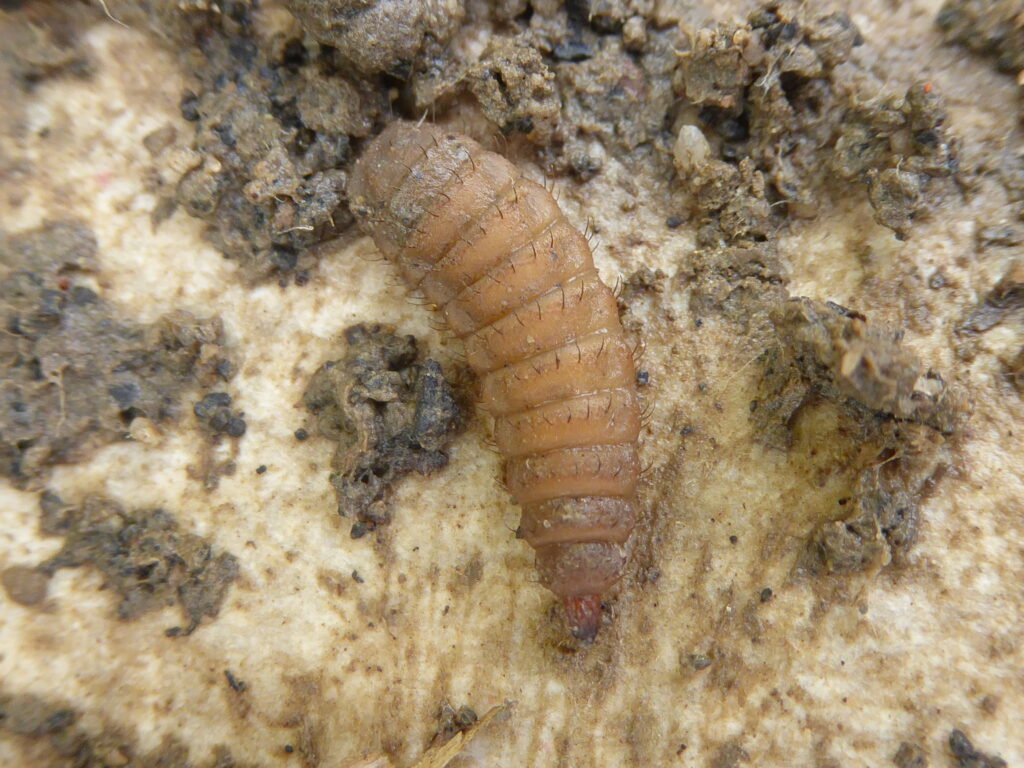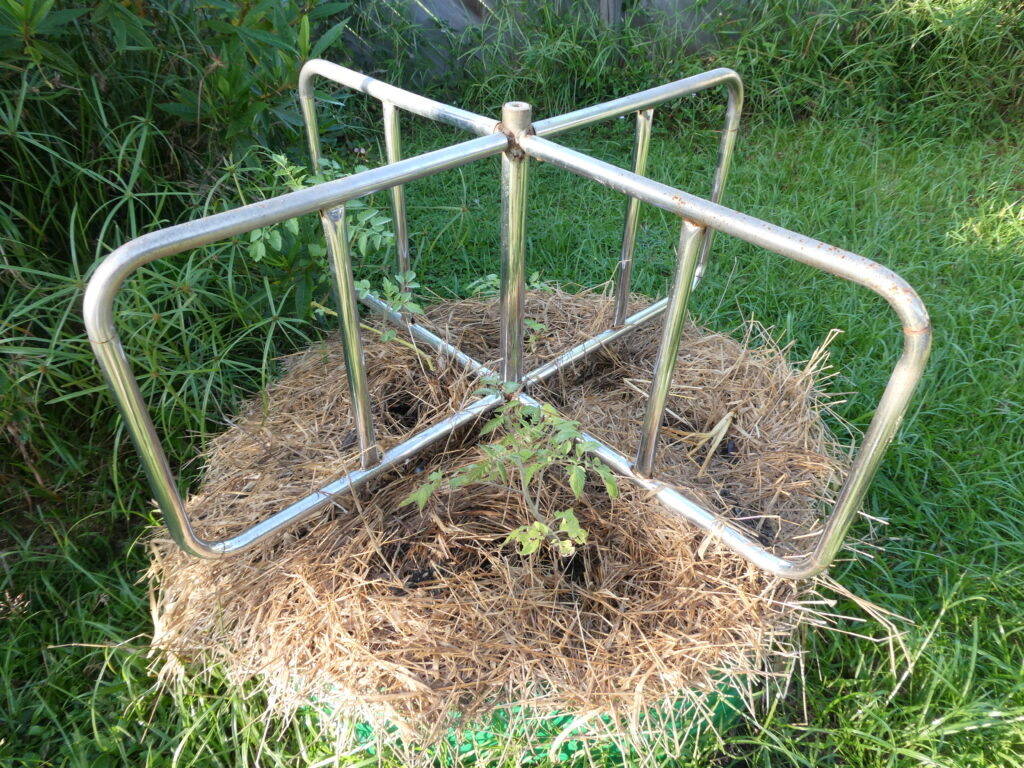My interest in home gardening and multispecies interactions aligns with the United Nations Sustainable Development Goal 15: Life on Earth, particularly protecting, restoring and promoting sustainable use of terrestrial ecosystems, halting and reversing land degradation and biodiversity loss.

Rattan Lal from Ohio State University promotes practicing home gardening and urban agriculture (HGUA) as important strategies towards the United Nation’s Sustainable Development Goals (2020). The roles of home gardening and urban agriculture have been underrated: in food security and providing ecosystem services such as microclimate, plant biodiversity, water quality and reduction of run-off as well as human health. HGUA can reduce waste by composting, and I will add, by repurposing and upcycling objects that would otherwise go to landfill.
Calvet-Mir et al. (2012, 156) identify nineteen ecosystem services in home gardens, these encompass maintaining ecological processes, providing habitats for biodiversity, producing natural resources and providing opportunities for cognitive development.
These findings align with my stance from a practice-embedded research perspective: I am orientated towards new and renewed understandings and practices that support sustainable and regenerative goals. The overall theme of my research is styled as Whatever webs. Whatever webs celebrates the webbing of individual micro-actions for respectful, caring and sustainable macro-change, on the basis that all small actions count. Doing whatever you can in a Whatever Garden makes a positive difference.
References
R. Lal, Food security 2020 Vol. 12 Issue 4 Pages 871-876. DOI: 10.1007/s12571-020-01058-3
L. Calvet-Mir, E. Gómez-Baggethun and V. Reyes-García, Ecological economics 2012 Vol. 74 Pages 153-160. DOI: 10.1016/j.ecolecon.2011.12.011




